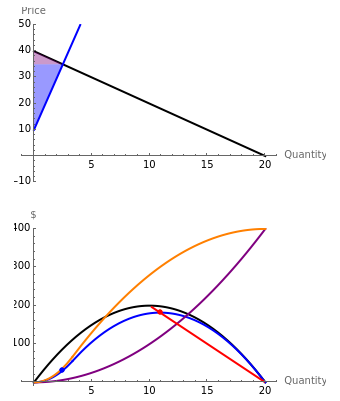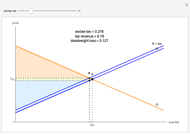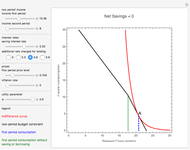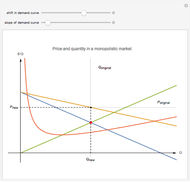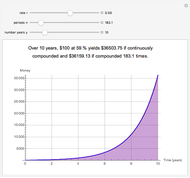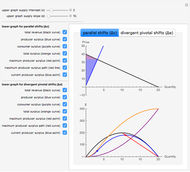How Continuous Innovation Affects Supply, Producer Surplus, and Consumer Surplus

Requires a Wolfram Notebook System
Interact on desktop, mobile and cloud with the free Wolfram Player or other Wolfram Language products.
This Demonstration shows producer surplus (PS), consumer surplus (CS), and total surplus (TS) when there are parallel shifts in supply  and divergent pivotal shifts in supply
and divergent pivotal shifts in supply  . Innovations that favor low-productivity/high-cost producers create divergent pivotal shifts in supply, which can be simulated by increasing the slope of the supply curve
. Innovations that favor low-productivity/high-cost producers create divergent pivotal shifts in supply, which can be simulated by increasing the slope of the supply curve  while keeping the
while keeping the  intercept
intercept  constant. On the other hand, innovations that create similar benefits to both the high-productivity/low-cost producers and low-productivity/high-cost producers create parallel shifts in supply. Rightward parallel shifts in supply can be simulated by decreasing the intercept of the supply curve
constant. On the other hand, innovations that create similar benefits to both the high-productivity/low-cost producers and low-productivity/high-cost producers create parallel shifts in supply. Rightward parallel shifts in supply can be simulated by decreasing the intercept of the supply curve  while keeping the slope
while keeping the slope  constant.
constant.
Contributed by: John B. Horowitz, Michael A. Karls, Juan Sesmero, and T. Norman Van Cott (May 2015)
The idea for labeling curves and shading regions is based on code from "Consumer and Producer Surplus" by Fiona Maclachlan.
The idea for selecting curves to display via checkboxes is based on code from "The Backward-Bending Supply Function in Fisheries" by Arne Eide.
Open content licensed under CC BY-NC-SA
Snapshots
Details
Reference
[1] J. B. Horowitz, M. A. Karls, J. Sesmero, and T. N. Van Cott. "Teaching Students How Continuous Innovation Affects Supply, Producer Surplus, and Consumer Surplus." Ball State University Department of Economics Working Paper Series, ECWP201415, 2015. cms.bsu.edu/academics/collegesanddepartments/mcob/majors-and-degrees/depts/economics/facultyresearch/workingpaperseries.
Permanent Citation
